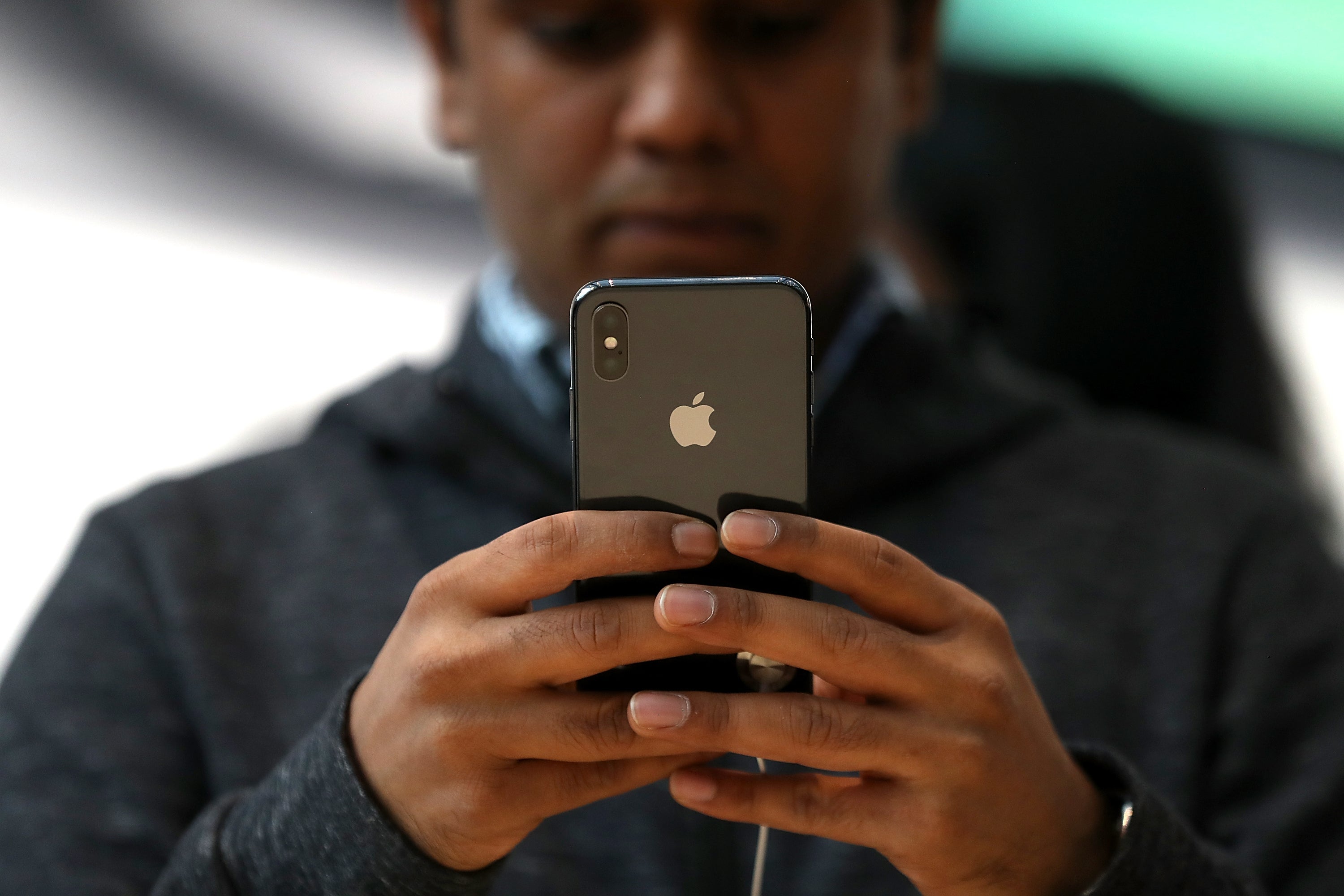With nearly 86 percent of full-time American workers spending long, unhealthy hours sitting at their desks, leaning over computers, or staring down at their phones, many have found themselves suffering from “tech neck.”
The condition, sometimes also referred to as “text neck,” is used to describe pain and discomfort in the neck that can happen when someone bends their head down.
The problem is pressure, with experts saying that holding your head at a 45-degree angle can feel like 50 pounds of weight.
“That’s like having an 8-pound bowling ball as your head. Then you have 72 pounds at your elbow and 96 pounds on your shoulder,” Brian Langenhorst, industrial and ergonomics specialist at Wisconsin’s La Crosse Mayo Clinic Health System, said. “I probably see tech neck on a weekly basis at businesses, schools and industry.”
There has been an increase in cases in recent years, but there are ways to prevent the condition. Here’s how to fix it.

Stretch those neck muscles out
Stretches should be done frequently for the best benefits, according to sports medicine Dr. Jeffrey Peng.
“Five minutes is really all you need to stretch out the neck,” he said. “But the key is to do these stretches frequently — ideally, three times per day. That way, you are slowly increasing mobility and range of motion of the neck muscles that often get tighter and tighter throughout the day.”
He recommends touching your ear to your shoulder to stretch the upper trapezius, a large shoulder muscle. For further pressure, put gentle pressure on your head using your hand. Hold it for 30 seconds.
You can also stretch the levator scapula: a neck muscle that runs along the upper back on neck on either side of the spine. With the head turned diagonally, pull down on it with one hand and guide the other hand to rest on the base of the neck.
To target the anterior scalene — which helps to flex the neck and elevate the first rib — pull the ear toward the shoulder, look up, and lean back.
Improve your posture
Adjust your monitor to the right level, with eye height about a half inch to one and a half inches higher than the top characters on your screen.
Sit with your head, hips, and spine stacked, and keep your wrists straight and elbows bent at a 90-degree angle. Your feet should be flat on the floor and your knees should be aligned with your hips.
When using a phone, place pillows on your lap to support your forearms and try to hold the phone or tablet in an upright and angled position.
By looking straight ahead, your muscles get a chance to relax, preventing uneven pressure.
“It’s not great, but it’s better than not being supported,” said Langenhorst.

Other strategies
Take frequent screen breaks and get up and move!
That will get blood circulating and it will get your neck in a different position.
Or, even just stand.
“Humans are upright creatures, and our bodies aren’t designed to look down for long periods of time, which puts extra pressure on the cervical spine,” Dr. Kavita Trivedi, an associate professor at UT Southwestern Medical Center, said.




